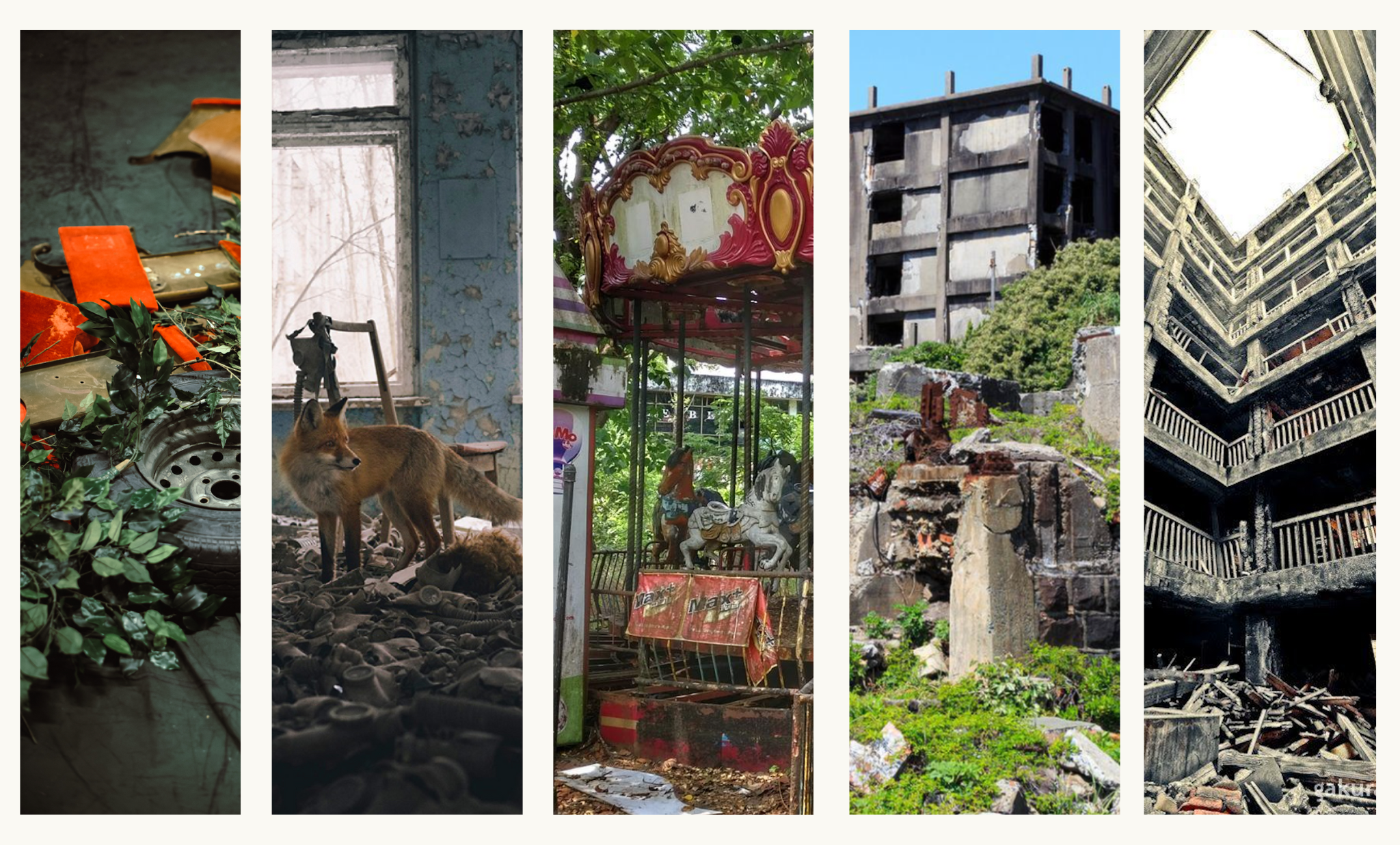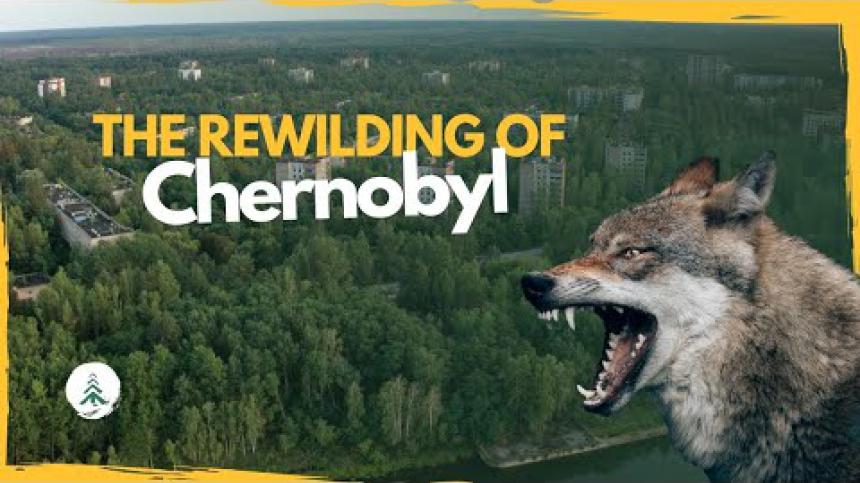In our performance ATMEN, premiering on October 18th in the Internationaal Theater Amsterdam, we let the theater grow over by wild resilient nature. We are in a possible future in the year 2200, after cataclysm has taken place and humanity has been dethroned. Nature fights its way up, between exploded nuclear power plants and polluted soil.
A question arises: what grows on the havoc we leave behind? Our curiosity drove us to reading and searching about ruins and what grows on top of it. Hear a little of our findings.

“Today the Roman Colosseum shines bare in the sun, but once this arena was covered with a jungle of wild plants. Travelers in the 18th century could grab pear trees and crooked elms on a climb to the top; lovers picked anemones and the locals knew where strawberries and capers grew in the wild….”
What grows on top of the remains of humanity?
After the fall of the Roman Empire, the Colosseum turned into a wild jungle of strawberries and pear trees. But is this a realistic vision for our current urban area, which mainly consists of concrete, steel and glass? Scientists, ecologists and landscape designers, inspired by the romantic image of the Colosseum, are researching plants that emerge first in abandoned or derelict urban areas. These 'ruderal plants' are characterized by their ability to grow in areas high in nitrogen. Examples of plants are (from left to right) Datura, Celandine and Dioecious Amaranth.
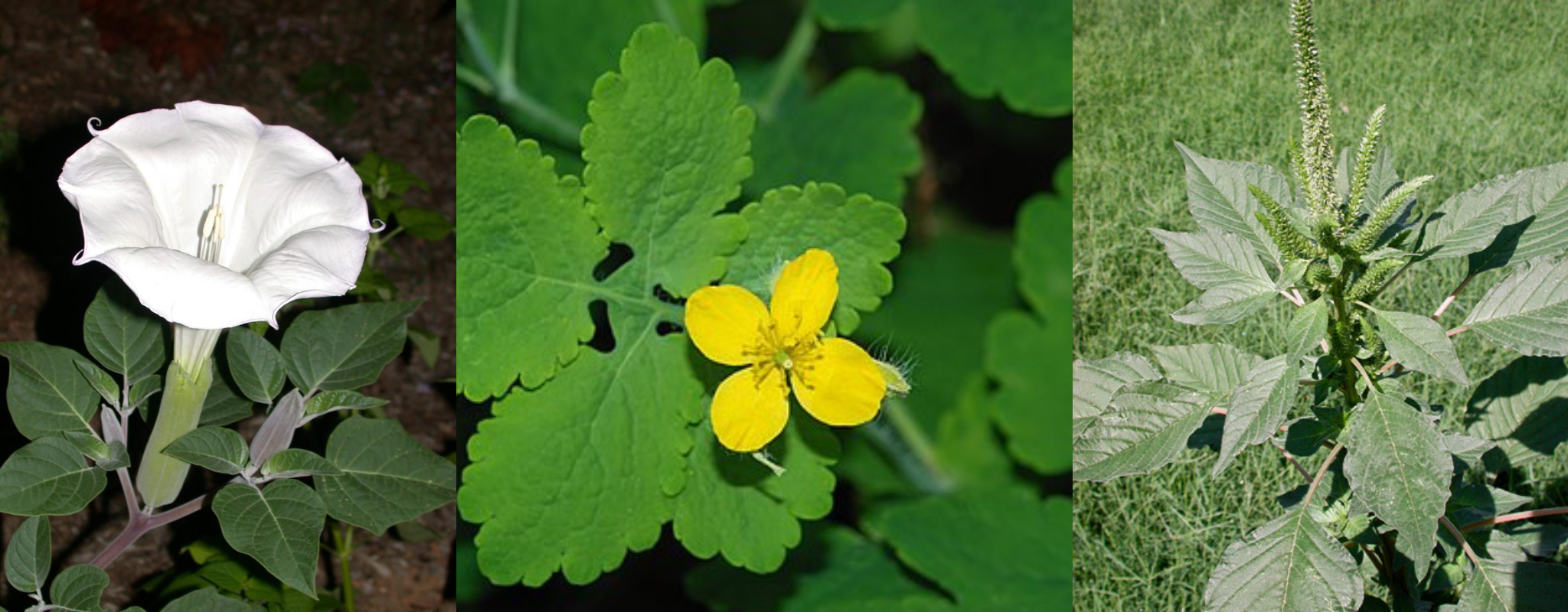
Chernobyl
An area that could somewhat resemble the world of ATMEN is the radiation zone around Chernobyl. Can nature survive in an area heavily affected by human inventions? Miraculously enough, the radiation zone around Chernobyl has changed after all these years into a rich ecosystem with great biodiversity.
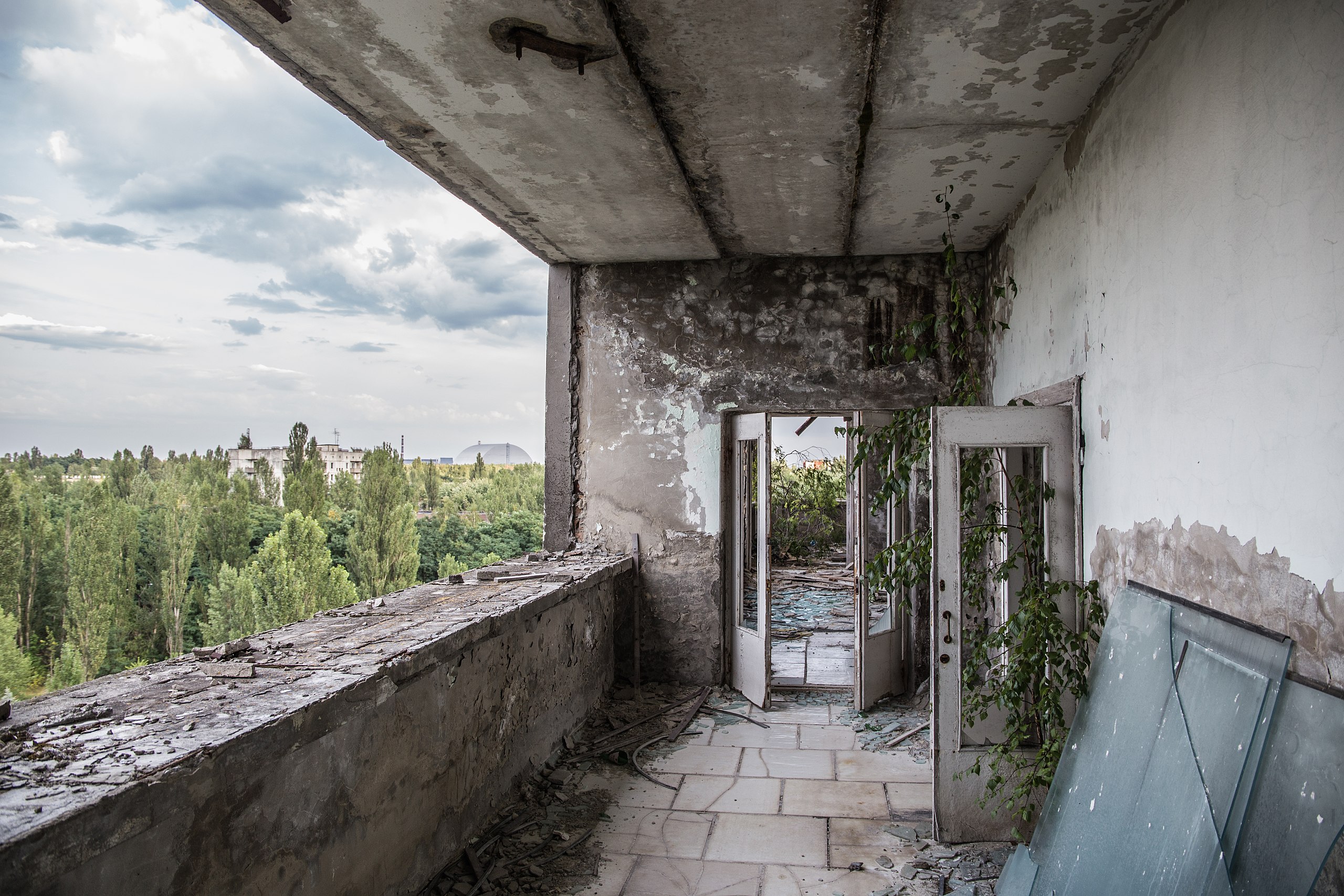
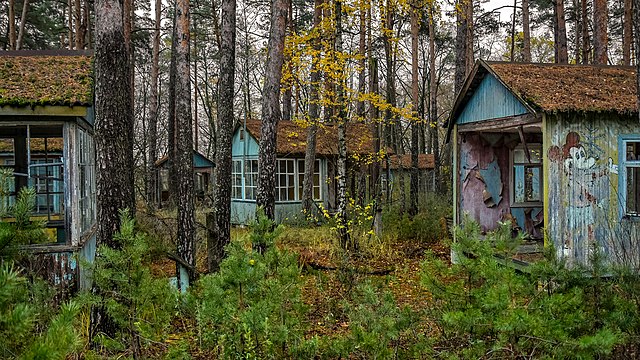
How can plants grow in an area that is constantly exposed to radioactive radiation? Scientists discovered that plants develop substances that protect them from radiation. For example, the plants have three times more cysteine synthase, a protein that protects plants by binding heavy metals. In addition, the plants have 32% more betaine aldehyde dehydrogenase, a compound known to reduce chromosome abnormalities in human blood exposed to radiation.
Due to the absence of humans in the Chernobyl area, there is a lot of wildlife in the forests. Large numbers of lynx, wild boar, bison, deer and wolves live there.
Click on the video above to watch it.
Black fungus
In 1991, a jet-black fungus species was found in the Chernobyl reactor, which seems to grow extra well in areas with a lot of radioactive radiation. This fungus contains a lot of melanin, a pigment that affects, among other things, the color of hair, skin and eyes of humans and animals and that provides protection against ultraviolet light. The melanin in this fungus helps to reduce radioactive radiation.
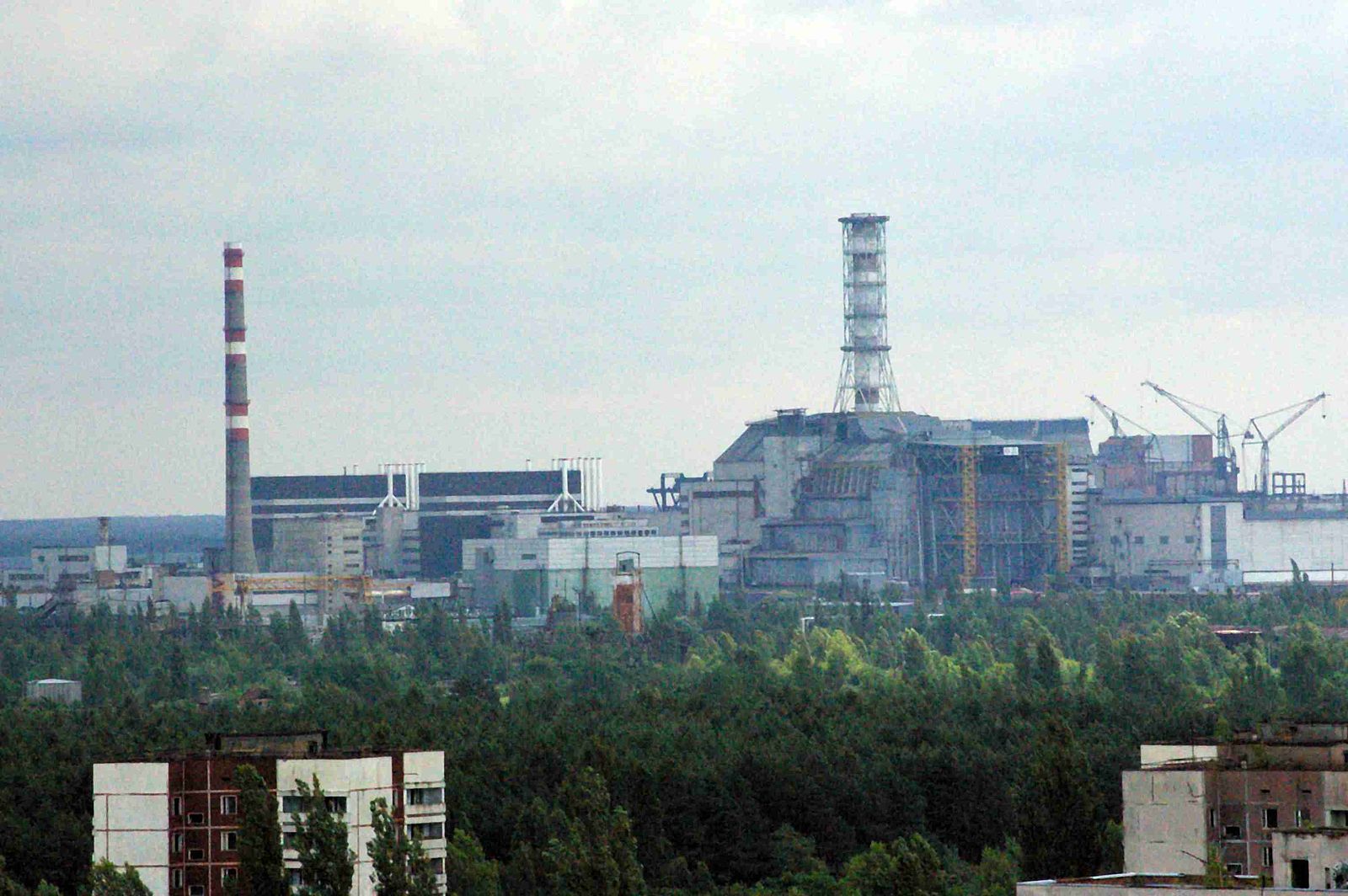
The area around Chernobyl shows how strong nature is and how well it can survive in areas devastated by humanity and its technology. It gives us a glimpse into a possible future of the globe.

